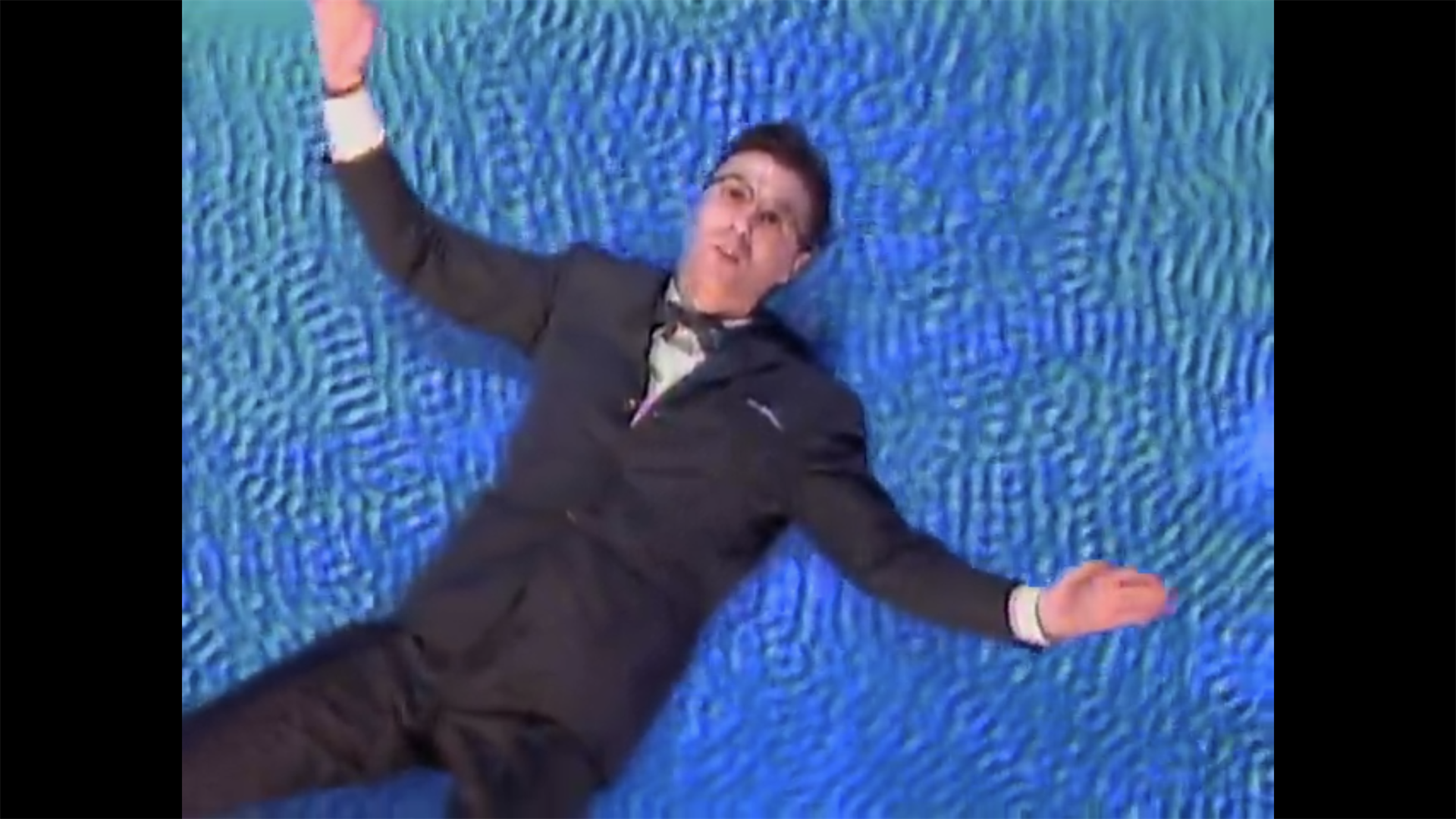
Screenshot from the Talking Heads, "Once in a Liftetime" music video, 1981
In honor of the upcoming commemoration of Labor Day, a holiday that was designed to honor American workers but now mostly celebrates the end of summer, this letter reflects on trends I have noticed in the museum labor field.
If you have been busy in the last couple of years and haven’t been able to pay attention to recent publications such as the 2018 Art Museum Staff Demographic Survey from the Mellon Foundation and Johnnetta Betsch Cole and Laura Lotts’ recent publication Diversity, Equity, Accessibility, and Inclusion in Museums, I recommend that you take some time over this long weekend to catch up on the directions in which the museum field is heading. There is a lot to read in online forums about salary transparency, about how our museum staff and boards often don’t reflect our communities, and about how our institutions are not as successful as they could be because of their lack of diversity. But in this letter, I will speak from my own experience.
When I began traveling in fall 2016, I wasn’t prepared for everything people shared with me. One comment that I heard frequently and that struck me deeply was from young women who expressed to me that they were grateful a woman was now head of MANY. Knowing that at least two of my predecessors were women, I thought hard about the soil in which those comments grew. As the #MeToo movement and revelations about abuses of power in the workplace soon followed, I got it. These women emerging professionals were not in the workforce long enough to remember that MANY had been led by women in the past. I came to realize it was part of my job to be a role model, to support emerging museum professionals, and to create a culture for the organization where it wouldn’t matter if MANY was led by a man or a woman.
Unlike teaching, medical, or legal professions, there is no typical career or accredited career path for museum work. In recent years, Museum Studies programs have blossomed across our nation, creating a cadre of people highly trained in curatorial, educational, interpretive, and exhibition practices.These programs generally include project-based learning and internship experiences that give students hands-on work in museums as part of their training. Some offer grant writing classes, others offer audience engagement models, public programming, and presentation skill training. But, I would argue that none of the programs are giving students the full range of skills they need to succeed in today’s museum professions. (You may now send me emails telling me how your program is different and I will gladly share and incorporate that information into my recommendations.) It would serve the field and our communities well to focus equally on Visitor Services, Marketing and Public Relations, digital technology applications, special event planning, and finance and administration.
Employment trends indicate that - unfortunately - these academic programs are graduating many more people than can currently find work in the field. When I graduated with a BFA in 1984, the demographics were swinging in the opposite direction. An astute professor told me to find a job someplace other than academia, because as one of the last of the baby boomer generation, my elders were firmly entrenched in all of those art professor positions, and nothing would begin to open up for me for at least 20 years. He was correct, and I began to look elsewhere. I was very fortunate to be able to trade my work in an education department typing mailing lists in exchange for the use of a darkroom - and my museum career was launched.
At the time I began work in museums, many museum employees came from for-profit and non-profit sectors where skills were transferable to museum work including advertising, education, the visual and performing arts, humanities, sciences, public administration, and government services.
There have been more jobs posted on the MANY job board for development positions than for any other museum job. Museum directors call me to ask where they can find skilled individuals trained in museum PR and marketing. It might be time to reach beyond the typical places we look for future museum employees to find people trained in the skills we need and teach them to love our museums rather than the other way around. It would certainly help with diversity and equity in our staff compositions.
MANY will be publishing the State of NY State Museums later this fall, sharing all the data that we have gathered. Before we go to print, look for a survey in your inbox containing this one question: How did you get to where you are in the museum world? Your answers may help us figure out how to build different and more inclusive pathways to museum careers.
I know I am successful because of the environment in which I was raised and the hard work of those who came before me. My museum career story includes mistakes and mis-steps on my part as well as anti-semitism, ageism, sexism, location-based bias, and because of colleagues withholding information that I needed to know in order to succeed. I don’t like to linger on those events. I prefer to think about how my perseverance in the face of adversity and the help I received from mentors and colleagues eventually led me to where I am now. I am happy to share my museum career path with anyone who might be interested - feel free to ask when I see you on the road this fall!

Erika Sanger, Executive Director
*Lyric, “Once In A Lifetime”, Talking Heads, 1980
